Table of Contents
ToggleThe landscape of AI image generation has undergone a remarkable transformation, introducing a new era of creativity, productivity, and accessibility. A growing array of powerful tools now empowers artists, designers, marketers, and enthusiasts to turn simple text prompts into striking visual masterpieces. Beyond creative industries, AI is also transforming workplace efficiency, from automating content design to streamlining HR operations such as PTO tracking and leave management. These advancements illustrate how AI is not only redefining artistic expression but also reshaping how organizations manage time, talent, and resources. Together, these AI-driven platforms are setting new benchmarks for innovation in both digital artistry and modern workforce management.
Midjourney
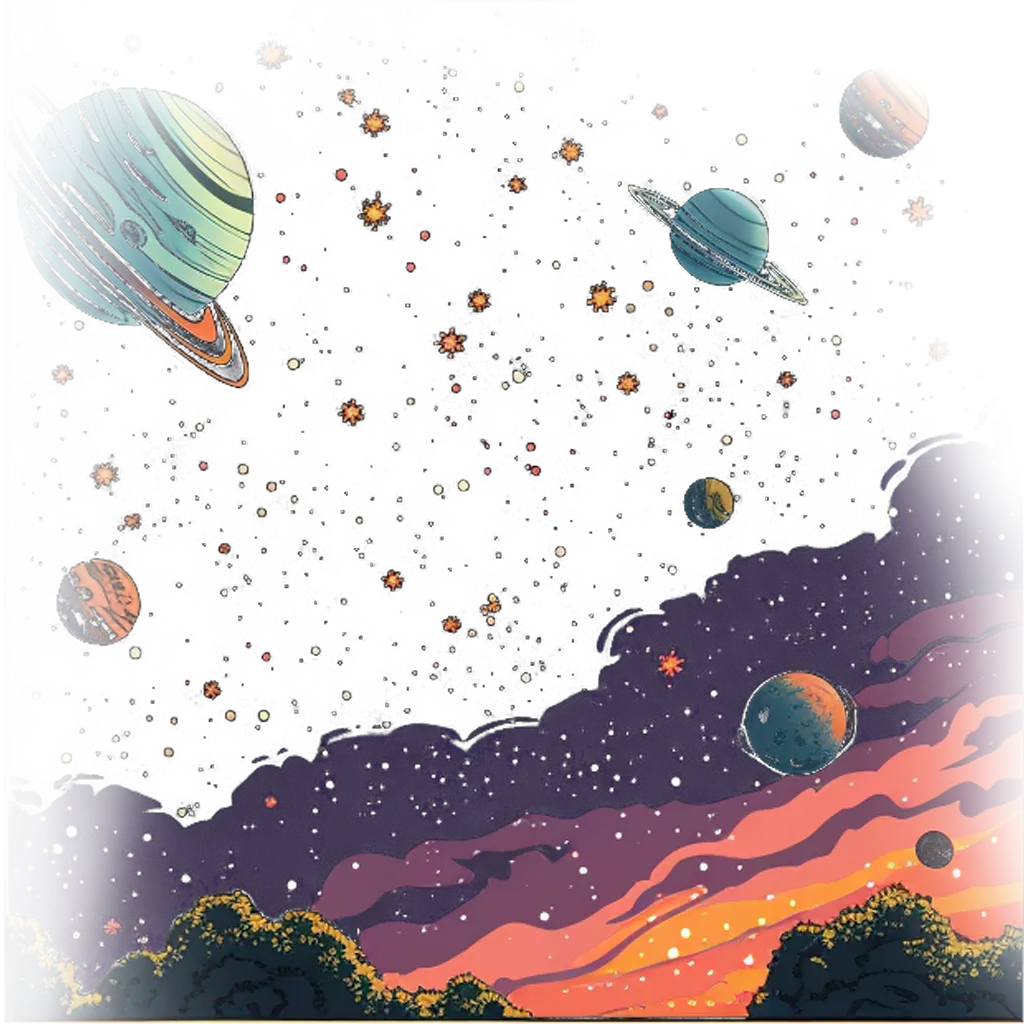
Ideal for: Digital artists, concept designers, and creatives seeking ethereal, imaginative visuals.
Midjourney has established itself as a Best AI Image Generator, celebrated for its ability to produce images with a distinctive, dreamlike quality. Operating through a Discord-based interface, it fosters a vibrant community where users can collaborate, share, and draw inspiration from each other’s creations.
Key Features:
Artistic Excellence: Generates high-quality, detailed images that often exhibit a painterly aesthetic, making it a favorite among artists seeking to explore new creative horizons.
Community Engagement: The Discord platform enables real-time interaction, allowing users to exchange ideas, provide feedback, and participate in collaborative projects.
Regular Updates: With the release of version 6.1 in July 2024, Midjourney introduced enhanced features and improved image quality, continually evolving to meet the artistic needs of its users.
Considerations: Access requires a subscription, and the Discord-based workflow may necessitate a learning curve for those unfamiliar with the platform.
DALL-E 3
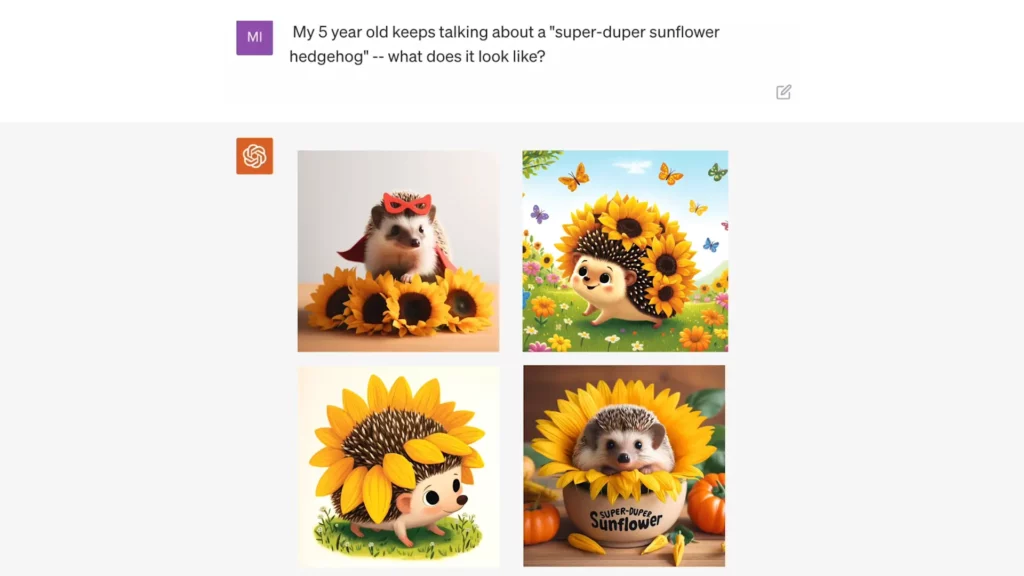
Ideal for: Professionals and hobbyists seeking a versatile AI capable of generating both realistic and fantastical images.
Developed by OpenAI, DALL-E 3 represents a significant advancement in AI-driven image generation. Building upon its predecessors, this iteration offers a deeper understanding of complex prompts, enabling the creation of images that closely align with user intent.
Key Features:
Enhanced Comprehension: Capable of interpreting intricate and detailed prompts, allowing for the generation of highly specific and tailored visuals.
High Fidelity Outputs: Produces images with remarkable clarity and coherence, effectively capturing both abstract concepts and concrete scenes.
Platform Integration: Accessible through various platforms, including integration with ChatGPT Pro, expanding its usability across different applications.
Considerations: While DALL-E 3 offers powerful capabilities, some outputs may require post-processing to achieve desired perfection. Additionally, OpenAI’s content policies may restrict the generation of certain types of images.
Adobe Firefly
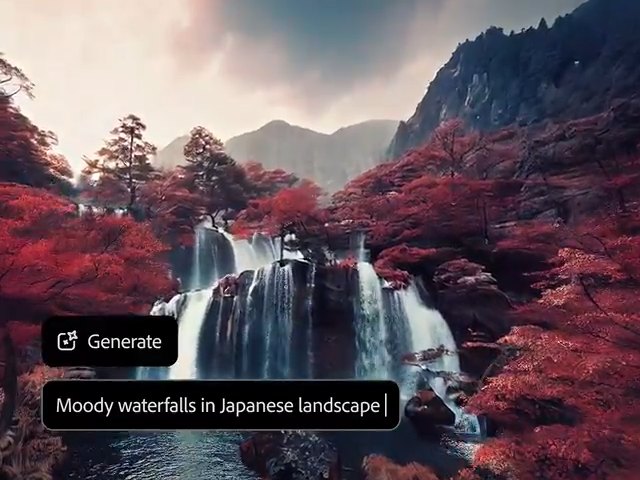
Ideal for: Graphic designers, photographers, and content creators within the Adobe ecosystem.
Adobe Firefly marks Adobe’s strategic entry into AI-driven image generation, seamlessly integrating with the Creative Cloud suite to enhance professional workflows.
Key Features:
Generative Fill & Expand: Allows users to add, remove, or extend image content contextually, facilitating seamless edits and expansions.
Text-to-Image Generation: Enables the creation of visuals from textual descriptions directly within Adobe applications, streamlining the design process.
Ethical AI Framework: Trained on Adobe Stock and openly licensed images, Firefly emphasizes responsible AI use, minimizing copyright concerns.
Advanced Editing Tools: Features like “Distraction Removal,” introduced in October 2024, automatically eliminate unwanted elements, enhancing image focus and quality.
Considerations: Access to Adobe Firefly requires a subscription to Adobe Creative Cloud, which may be a consideration for budget-conscious users.
Stable Diffusion
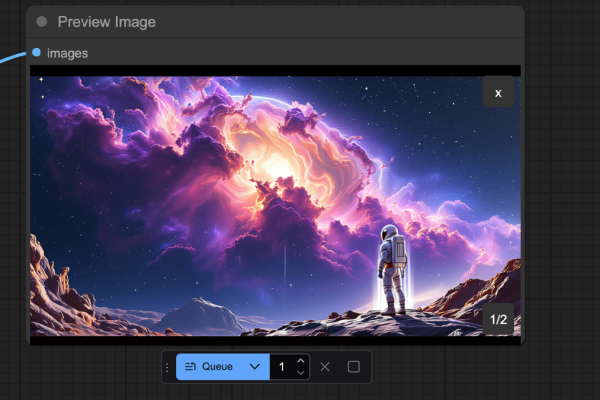
Ideal for: Developers, researchers, and tech-savvy creatives seeking customizable AI image generation solutions.
Stable Diffusion, developed by Stability AI, stands out as a leading open-source AI image generator, offering unparalleled flexibility and control.
Key Features:
Open-Source Accessibility: Users can download, modify, and run the model on local hardware, tailoring it to specific project requirements.
Versatile Functionality: Supports inpainting, outpainting, and depth-guided generation, accommodating a wide range of creative applications.
Community-Driven Development: An active community contributes to continuous improvements, sharing custom models and extensions that enhance the tool’s capabilities.
Performance Enhancements: The release of version 3.5 in October 2024 introduced significant improvements in image quality and generation speed.
Considerations: Utilizing Stable Diffusion effectively requires a degree of technical expertise, particularly for installation and customization processes.
Flux

Best for: Users looking for cutting-edge AI-generated visuals with hyperrealistic detail.
Flux, developed by Black Forest Labs, is one of the most impressive new AI image generators on the market. It utilizes a hybrid AI architecture that produces incredibly sharp, photorealistic images. Many industry experts predict Flux could soon rival Midjourney and DALL-E in terms of quality and flexibility.
Key Features:
Hybrid AI technology: Delivers unmatched realism with rich textures and natural lighting.
Multiple access tiers: Open-source (Schnell), non-commercial (Dev), and premium API-based (Pro).
Industry collaborations: Already being integrated into advanced AI chatbots and design tools.
Drawback: Still in early development, with limited availability in some regions.
Janus-Pro
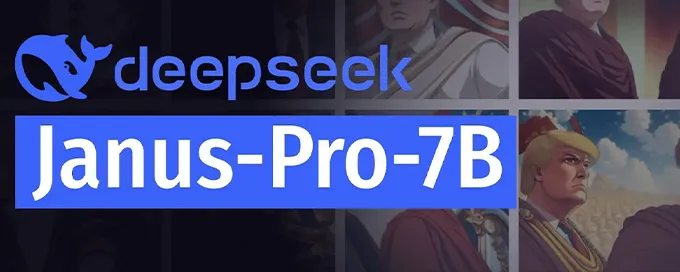
Ideal for: Developers, researchers, and tech-savvy creatives seeking customizable AI image generation solutions.
Stable Diffusion, developed by Stability AI, stands out as a leading open-source AI image generator, offering unparalleled flexibility and control.
Key Features:
Open-Source Accessibility: Users can download, modify, and run the model on local hardware, tailoring it to specific project requirements.
Versatile Functionality: Supports inpainting, outpainting, and depth-guided generation, accommodating a wide range of creative applications.
Community-Driven Development: An active community contributes to continuous improvements, sharing custom models and extensions that enhance the tool’s capabilities.
Performance Enhancements: The release of version 3.5 in October 2024 introduced significant improvements in image quality and generation speed.
Considerations: Utilizing Stable Diffusion effectively requires a degree of technical expertise, particularly for installation and customization processes.
Ideogram

Ideal for: Graphic designers, branding experts, and businesses that need images with integrated text.
Many AI image generators struggle with rendering legible and aesthetically pleasing text. Ideogram solves this issue by specializing in images that seamlessly incorporate written content, making it ideal for logos, posters, and business graphics.
Key Features:
Accurate Text Generation: Unlike many other AI models, Ideogram can generate readable and well-formatted text within images, perfect for marketing materials.
Customizable Typography: Users can adjust fonts, colors, and layouts to refine AI-generated designs for professional use.
Optimized for Branding and Advertising: Businesses can quickly create AI-generated social media content, banners, and promotional materials without needing additional graphic design expertise.
User-Friendly Interface: Simplifies the design process, making it accessible to non-designers as well.
Considerations: Primarily focused on text-heavy images, so it may not be as strong in photorealism or fine-art generation.
ImageFX

Ideal for: Everyday users, bloggers, and professionals looking for an easy-to-use AI image generator.
ImageFX, powered by Google’s Imagen 3 model, is designed for both casual users and professionals who need quick, high-quality image generation. Unlike many other AI models that require specialized knowledge, ImageFX prioritizes accessibility and ease of use.
Key Features:
Intuitive User Interface: Designed for simplicity, allowing anyone to generate AI images without prior experience.
Seamless Integration with Google Products: Works well with Google Workspace, making it an excellent tool for presentations, reports, and web content.
Fast Image Generation: Optimized for speed, ImageFX produces high-quality visuals almost instantly.
Customizable Styles: Users can select different artistic styles, ranging from hyperrealistic to abstract, to suit their needs.
Considerations: Offers less fine-tuned control than professional tools like Adobe Firefly or Midjourney.
DreamStudio

Ideal for: Creators who want access to Stable Diffusion without setting up the model locally.
DreamStudio serves as the official web-based interface for Stable Diffusion, making it easier for users to generate AI images without requiring technical expertise or high-end hardware.
Key Features:
User-Friendly Interface: A streamlined platform that makes Stable Diffusion accessible without the need for complex installations.
Customizable Settings: Users can tweak parameters such as style, resolution, and generation speed for greater creative control.
Built-In Editing Tools: Includes inpainting and outpainting options to refine AI-generated images.
Flexible Payment System: Users purchase “credits” to generate images, making it a pay-as-you-go service rather than requiring a subscription.
Considerations: Requires purchasing credits for extended use, and advanced customization options are limited compared to the standalone Stable Diffusion software.
Runway Gen-3
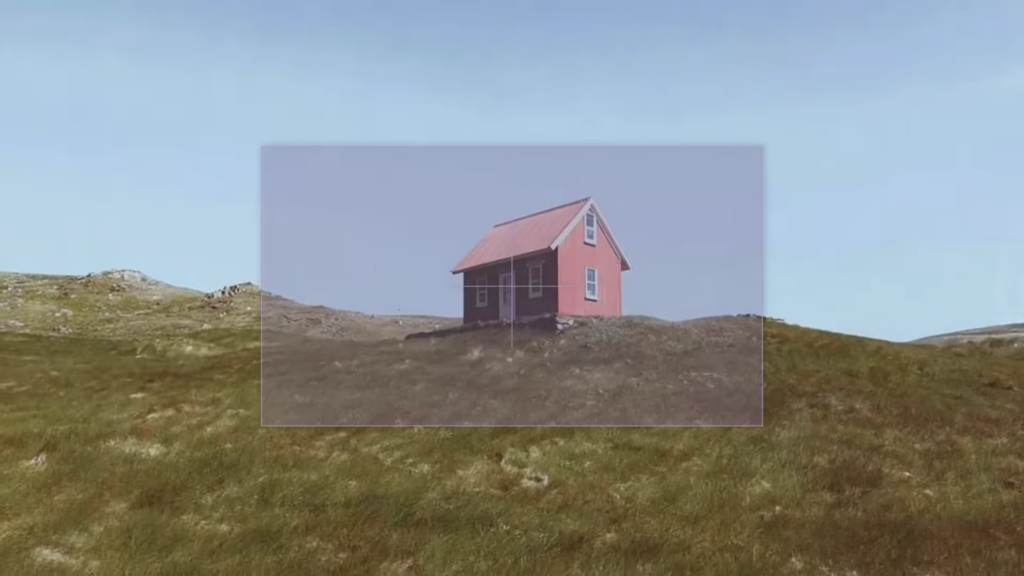
Ideal for: Video editors, filmmakers, and content creators who need AI-generated visuals and animations.
Runway has become a leader in AI-powered content creation, and its Gen-3 model takes things even further by allowing users to generate both images and short video clips from text prompts. This makes it a game-changer for video production, advertising, and social media content.
Key Features:
AI-Powered Video and Image Generation: Users can create both still images and animated clips with stunning quality.
Real-Time Editing Tools: Includes options for adjusting lighting, camera angles, and movement within AI-generated videos.
Integration with Professional Video Editing Software: Works seamlessly with Adobe Premiere Pro and After Effects, allowing filmmakers to incorporate AI-generated content into their projects.
Cloud-Based Processing: No need for powerful hardware; everything is processed in the cloud.
Considerations: More focused on video content, so it may not be the best choice for users who only need image generation.
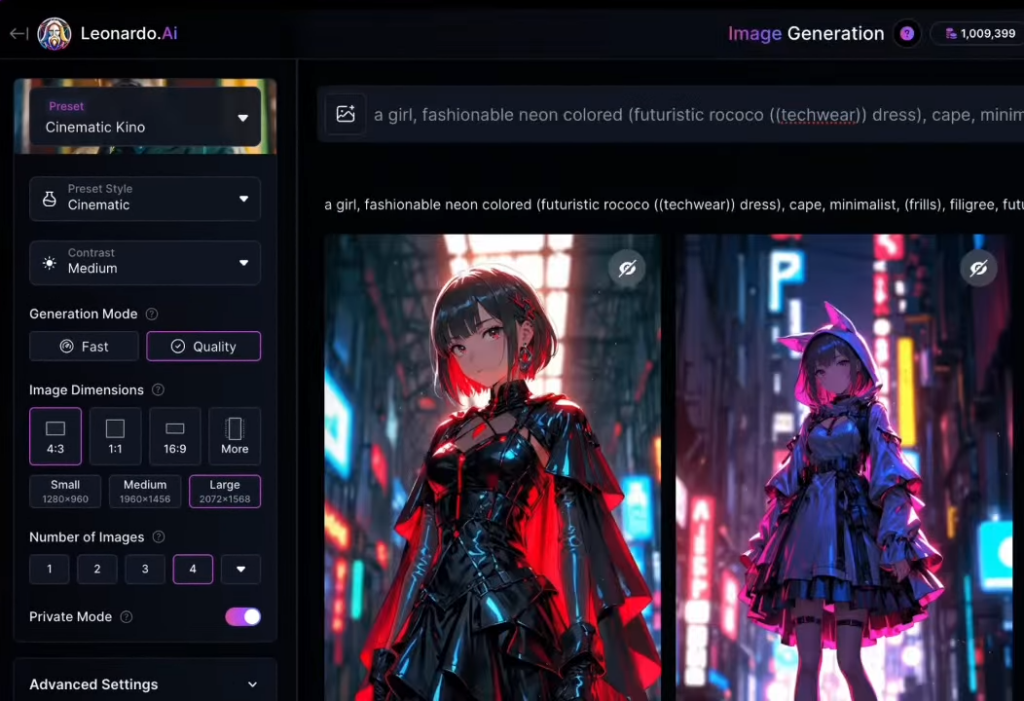
Ideal for: Game developers, 3D modelers, and concept artists looking for AI-generated textures and assets.
Leonardo.AI is one of the few AI models designed specifically for the gaming and 3D modeling industries. It can generate high-quality concept art, textures, and character designs, making it a valuable tool for game developers.
Key Features:
Game Asset Generation: Can create textures, backgrounds, and character designs optimized for video games.
High-Resolution Outputs: Produces detailed images that can be used for professional projects.
Style Adaptability: Users can train the AI to generate assets in a specific art style, ensuring consistency across projects.
3D Rendering Capabilities: Offers tools for generating 3D-like images that can be further refined in game development software.
Considerations: Primarily targeted at game developers and 3D artists, so it may not be as useful for general creative projects.
Frequently Asked Questions (FAQ) About AI Image Generators in 2026
What is an AI image generator?
An AI image generator is a software tool that uses artificial intelligence, specifically deep learning models, to transform written text prompts into digital images. These tools analyze language, interpret concepts, and produce visuals that can range from photorealistic scenes to abstract art. They are used by artists, designers, marketers, and developers to accelerate creativity, save time, and generate high-quality visuals without manual illustration.
How do AI image generators work?
AI image generators are powered by advanced machine learning models trained on vast datasets of images and captions. When a user enters a text prompt, the model analyzes it using natural language processing (NLP) and generates a corresponding visual output. The AI uses diffusion or transformer-based techniques to create images that accurately reflect the description, adjusting for elements like color, texture, lighting, and perspective.
Which AI image generator is the best overall in 2025?
The “best” tool depends on your goals:
Midjourney offers the most artistic, painterly visuals with deep creative flair.
DALL-E 3 provides versatility and detailed interpretation of complex prompts.
Adobe Firefly integrates seamlessly into professional design workflows.
Stable Diffusion remains the go-to open-source option for full control and customization.
Flux delivers unmatched photorealism and cutting-edge image fidelity.
Each tool has strengths in different creative domains, so choosing the right one depends on your use case, skill level, and desired style.
Are AI image generators free to use?
Many AI image generators offer free versions or limited trial credits. For example, ImageFX and DreamStudio provide pay-as-you-go options, while Midjourney, Adobe Firefly, and DALL-E 3 require subscriptions for full access. Open-source tools like Stable Diffusion and Flux Schnell allow free use if you have the hardware to run them locally. However, professional features, higher resolutions, and commercial rights usually require a paid plan.
Can AI image generators be used for commercial purposes?
Yes, most modern AI image generators allow commercial use, but the terms vary by platform. Adobe Firefly, for example, is explicitly trained on licensed and royalty-free data, making it safer for commercial projects. Other platforms may have restrictions depending on the dataset used or the licensing agreement. Always review each tool’s terms of service before using generated images for commercial purposes.
How do AI models like Midjourney and DALL-E 3 differ?
Midjourney is designed for artistic and conceptual imagery, often producing dreamlike or surreal aesthetics. It operates within Discord and encourages community collaboration. DALL-E 3, developed by OpenAI, focuses on high accuracy, coherent details, and realism. It excels at understanding detailed prompts and can generate everything from simple illustrations to complex scenes. In short, Midjourney leans toward creativity and style, while DALL-E 3 prioritizes precision and versatility.
What makes Adobe Firefly different from other AI image tools?
Adobe Firefly stands out for its integration with Creative Cloud, making it ideal for professional designers. It includes Generative Fill, Generative Expand, and Distraction Removal tools that directly enhance photos and graphics. Additionally, Firefly was trained on Adobe Stock and openly licensed content, ensuring ethical AI usage and minimizing copyright risks. It’s one of the best options for users already working within Adobe’s ecosystem.
What is Stable Diffusion, and why is it popular among developers?
Stable Diffusion is an open-source AI image generation model developed by Stability AI. It gives users full control to modify, train, and customize the model for specific applications. Developers favor it because it supports local installations, API integrations, and community-driven extensions. It’s ideal for those who want flexibility, privacy, or specialized creative workflows without relying on cloud-based subscriptions.
What is the new AI image generator “Flux”?
Flux, developed by Black Forest Labs, is one of the newest and most advanced AI image generators available in 2025. It uses a hybrid AI architecture that blends diffusion and transformer models to produce hyperrealistic images with natural lighting and intricate textures. Available in open-source (Schnell), development (Dev), and commercial (Pro) versions, Flux is gaining rapid attention for its ability to create lifelike imagery that rivals or surpasses Midjourney and DALL-E.
Can AI generate images with accurate text or logos?
Yes, tools like Ideogram have solved one of the biggest challenges in AI image generation—accurate text rendering. Ideogram specializes in creating images that include readable, stylistically consistent text, making it ideal for branding, posters, and marketing materials. This sets it apart from other generators, which often struggle with text accuracy.
Which AI image generator is best for game developers and 3D artists?
Leonardo.AI is specifically designed for game developers and 3D artists. It generates textures, character designs, concept art, and environmental assets optimized for gaming workflows. It also supports customizable art styles and 3D-like rendering, helping creative teams maintain consistency across projects.
Conclusion: Choosing the Right AI Image Generator for Your Needs
The AI image generation landscape in 2026 is more advanced than ever, with each tool catering to different creative needs. Whether you’re looking for the artistic brilliance of Midjourney, the professional workflow of Adobe Firefly, the open-source flexibility of Stable Diffusion, or the cutting-edge realism of Flux, there’s a perfect AI model for your project.
If you need text-integrated designs, Ideogram is your best bet. If you’re a game developer, Leonardo.AI offers specialized tools. For AI-generated videos, Runway Gen-3 is unmatched.
As AI technology continues to evolve, these tools will become even more powerful, further revolutionizing the way we create digital art. Whether you’re a professional designer, a filmmaker, or just someone exploring AI for fun, 2026 is an exciting time to experiment with AI-generated imagery.
